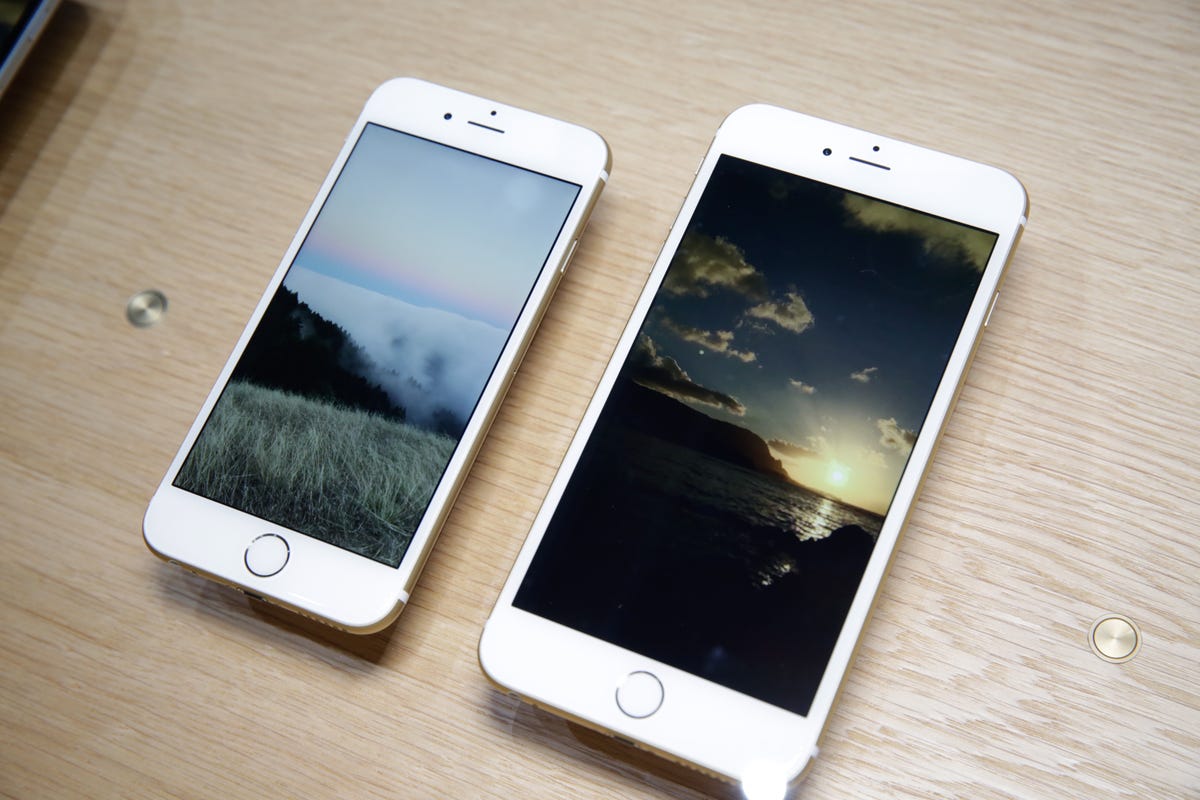
CNET
Sapphire crystal, held up by analysts and industry watchers as a wonder material that’s virtually indestructible, was a no-show as the display on the new iPhone 6.
It’s an anticlimactic end to months of rumors that had Apple’s latest smartphone more broadly using the premium material, which is already utilized for smaller iPhone components. Apple itself touched off the speculation after it inked a $578 million deal with manufacturer GT Advanced Technologies for “the purchase of sapphire goods,” with some believing that those “goods” could be screens for Apple’s next iPhone or a new wearable device.
After introducing the iPhone 6 and iPhone 6 Plus on Tuesday, Apple revealed that it opted to use a glass display to cover its smartphone, the highest-profile mobile device in the world and Apple’s biggest revenue generator, bringing in $91.3 billion in sales last year. Corning, whose Gorilla Glass displays have been used in the iPhone since it first launched in 2007, couldn’t confirm its glass is in the new iPhones but said it “continues to be an Apple supplier.” Sapphire made its way onto the new Apple Watch as a display cover, though that use is far smaller in size than it would be in the smartphone.
Investors, who have traded up GT Advanced shares for much of the year, punished the stock Tuesday, driving it down 13 percent. Corning and Apple closed about flat.
“It’s definitely seen as a disappointment in the overall sapphire market,” said Jonathan Dorsheimer, an analyst covering GT Advanced for Canaccord Genuity. “This was a big, expected application to be used to usurp glass.” However, he said, his firm still expects Apple will eventually switch to a sapphire display in its smartphones.
GT Advanced, which declined to comment Tuesday, warned last month of slow ramp up of sapphire production, which was seen as a hurdle to sapphire winning the job as the iPhone’s new cover material. An Apple representative didn’t immediately respond to a request for comment.
Sapphire captivated the tech world, as it offered the potential of a nearly scratch-proof and more touch-sensitive display. It also provided a possible fresh competitor for Corning, whose Gorilla Glass is used in more than 2.7 billion devices worldwide. While chatter about sapphire displays on smartphones is likely to continue, questions remain about whether the material will be able to break out of mobile niches, such as luxury or rugged smartphones, and reach the mass market.
The Apple iPhone 6 and iPhone 6 Plus have arrived (pictures)


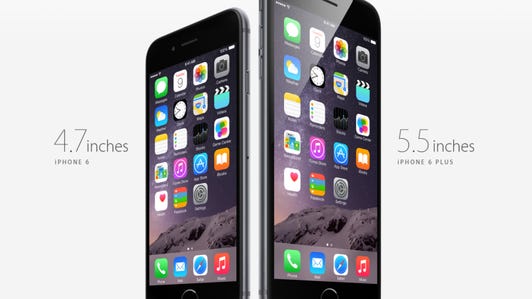

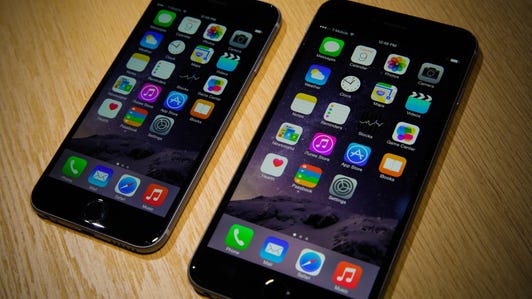

Why the hubbub over sapphire?
Sapphire is hard. On the Mohs scale of mineral hardness, the material clocks in at a 9 out of 10, while Gorilla Glass registers only a 6 or 7. The dense, crystalline material is so hard that few things in the world can actually scratch it, so it must be cut and polished using diamond, a 10 on the Mohs scale and the hardest mineral on earth.
While consumers have likely heard of sapphire gemstone, a naturally occurring material used in jewelry, the same chemical configuration has been grown synthetically for more than a century for many industrial uses and for the faces of select luxury watches. Right now, sapphire is primarily a bit player in the tech industry, serving an essential, though unflashy, role in the manufacture of light emitting diodes and radio-frequency computer chips. But its recent association with Apple significantly raised its visibility.
Without the impurities that give natural sapphire its color, the man-made version of sapphire is transparent. Grown in furnaces then cut into thin slices, this synthetic sapphire can be used as a display cover, which — thanks to its crystalline structure — is extremely hard, corrosion resistant and able to withstand high temperatures.
As a downside, sapphire is denser than display glass, so an all-sapphire cover on an iPhone 5 would add 9 percent to 10 percent to the weight of the 112 gram smartphone, according to Bernstein Research. Sapphire also doesn’t transmit light as effectively as glass, which could be a drain on battery life because a device would have to pump out more light. Aware of these issues, GT Advanced is already trying to make sapphire sheets that are lighter and thinner than they are today.
RELATED STORIES
- Sapphire phone screens not as strong as you think, says Corning
- This sapphire smartphone screen is strong, strong, strong
- Apple inks $578 million deal for sapphire production
- iPhone 6 screen won’t be made of sapphire, analysts claim
Right now, only a handful of device makers use the material for displays in specialty phones. For instance, Britain’s Vertu makes luxury sapphire-display smartphones worth more than $10,000, Japan’s Kyocera offers the extra-durable Brigadier for $100 with a two-year contract in the US, and China’s Huawei unveiled the Ascend P7 Sapphire Edition, though a price hasn’t been announced.
Gorilla versus gemstone
Views on sapphire’s strengths versus display glass tend to vary widely depending on whom you’re asking.
Corning, which has repeatedly criticized the use of sapphire as a mobile-device display, says its testing found that though sapphire is harder to scratch than its Gorilla Glass, daily use of a sapphire display will produce tiny cracks in the material. Those cracks can easily proliferate and cause the display to break more easily over time than Gorilla Glass. As a major manufacturer of industrial crystals, Corning should know a thing or two about sapphire. It used to make tubes of it for high-temperature lighting during the 1960s and 1970s, according to Jeffrey Evenson, Corning’s operations chief of staff.
“As material guys, we think Gorilla has a lot more potential,” Evenson said, who added that glass is much easier to manipulate into different forms, such as with the rounded Gorilla Glass display of the new Samsung Note Edge smartphone.
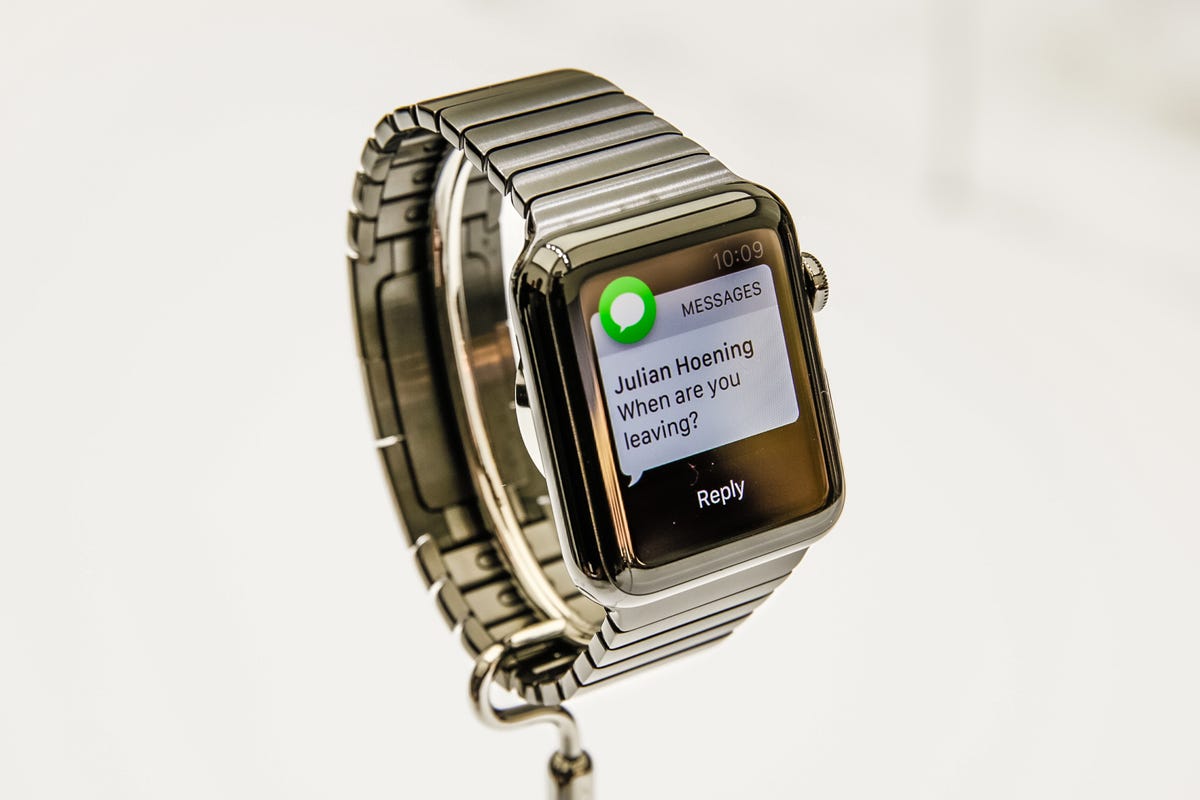

CNET
Also, sapphire takes substantially longer to produce than glass — about “two orders of magnitude” more, Evenson said — and costs a lot more, too. Bernstein in February said a sapphire display would cost $15 to $30, while a Gorilla Glass display costs $3. That price difference would either pressure Apple’s profit margins on the iPhone, whose margins are already trending down, or would push up the cost of the device.
Kyocera spokesman John Chier disputed the claim that sapphire was more susceptible to breakage in the long term, saying its hardness made it “far more resistant” to micro-fractures in the first place. He added that the company’s Brigadier phone display is virtually scratch-proof and holds up well against impact. Additionally, the company tried reducing concerns about the material’s heaviness by focusing on a ruggedized device, which caters to customers more interested in durability than weight. Huawei claims the smooth surface of its Ascend P7, which will sell in China, makes the handset more visually appealing.
“At least in the near future, sapphire is the future for some mobile device displays,” Chier said. “For more rugged devices like Brigadier, sapphire can make a lot of sense.”
If Corning were ever to lose Apple as a Gorilla Glass customer, the effect on its revenue would be minimal, estimated at 1 percent to 2 percent, Bernstein said. The reputational impact would likely be a much larger issue, said Amitabh Passi, an analyst at UBS covering Corning, and such a move could cause other device makers to follow.
“We never want to lose a major brand, and we think our share is staying constant with the major brands,” Evenson said last week.
Corning isn’t standing still. The company — which began tinkering with hardened glass in the 1960s with Gorilla Glass’s precursor, called Chemcor, by bombarding it with frozen chickens at high rates of speed — is working on a next generation of supertough glass to be introduced by the end of the year. It promises to withstand even more of a beating.
Apple’s sapphire stash
Synthetic sapphire may take longer and be more expensive to make, but Apple could certainly produce enough of it for its millions of phone displays. The material’s manufacturing process doesn’t include rare minerals, so there’s nothing preventing a company with an enormous cash stockpile like Apple to substantially increase production of sapphire. The quick ramp-up of man-made sapphire also has precedent: as the LED lighting market has taken off in recent years, sapphire has been needed in its production, necessitating a rapid increase in sapphire’s creation in that time.
“It certainly can be produced; that’s not an issue,” said William Weissman, chief financial officer of Rubicon Technology, an Illinois-based sapphire maker. “It’s just a question of how cheaply you can produce it, and that’s always been the challenge.”
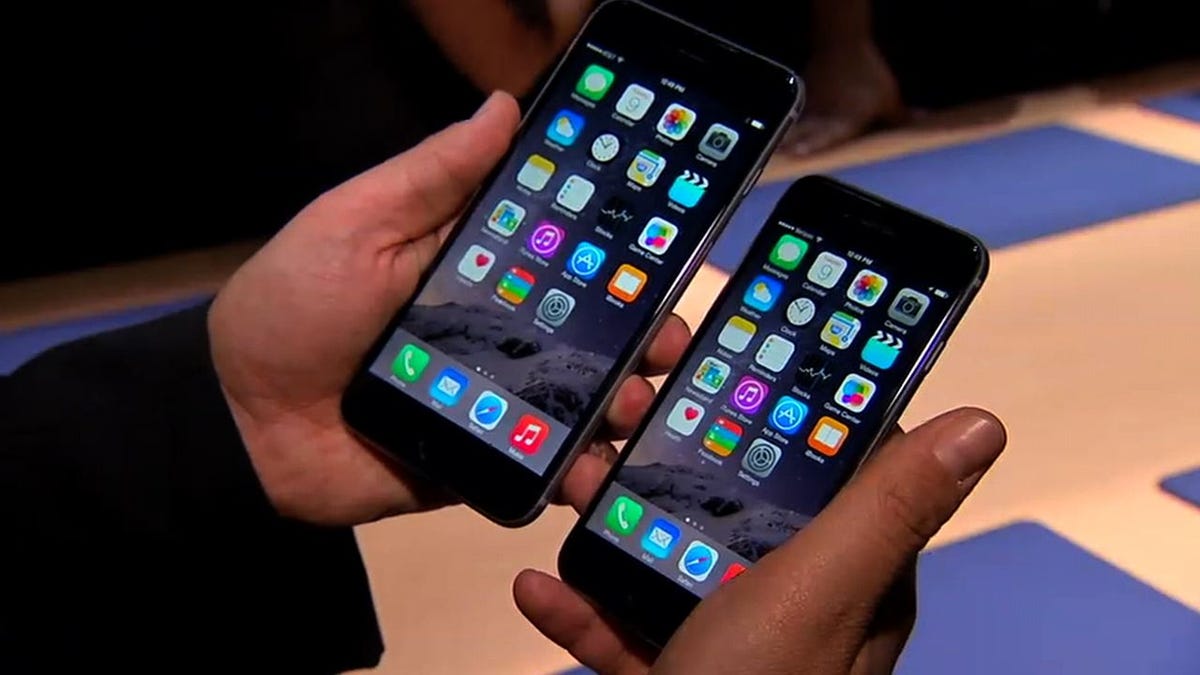

CNET
Apple already has a history of using sapphire, both in the fingerprint-reader home button on the iPhone 5S, and the display covering the camera lens in various iPhone models. Looking to add to those uses, the tech giant set out to create its own supplies of sapphire by buying from First Solar a 1.3 million-square-foot factory in Mesa, Ariz., and leasing it to GT Advanced to create the material. GT Advanced is not required to produce a specific volume of sapphire but does need to maintain a certain level of capacity at the plant.
Because Apple created its own supply for sapphire and didn’t need to go into the open market, it’s been able to maintain an air of secrecy around what it’s doing with the sapphire facility. More than that, if Apple has plans to produce a sapphire display for its smartphone, it must start making it on its own, since there simply isn’t enough sapphire being made already.
“You’re talking about acres of sapphire, in terms of area,” said Ronald Reedy, co-founder of radio-frequency chip maker Peregrine, which uses sapphire in its manufacturing. “It’s not just floating around somewhere.”
Some analysts predicted that Apple may be making a strategic hedge on the technology, in the event that sapphire becomes the next hot item in mobile devices. Industry watchers also predicted sapphire could be used as a laminate over display glass — a concept Apple referenced in a patent application last year.
Regardless of whether Apple jumps into sapphire, the company has generated enough attention toward the material that it’s possible more handset makers will offer sapphire displays in the future as they look to differentiate in a crowded smartphone market. The question remains whether those phones will continue to be niche products or the next big thing.
Correction, September 10 at 11:59 a.m. PT: The original article misspelled the last name of Peregrine co-founder Ronald Reedy.


Now playing:
Watch this:
iPhone 6 and 6 Plus
2:03



